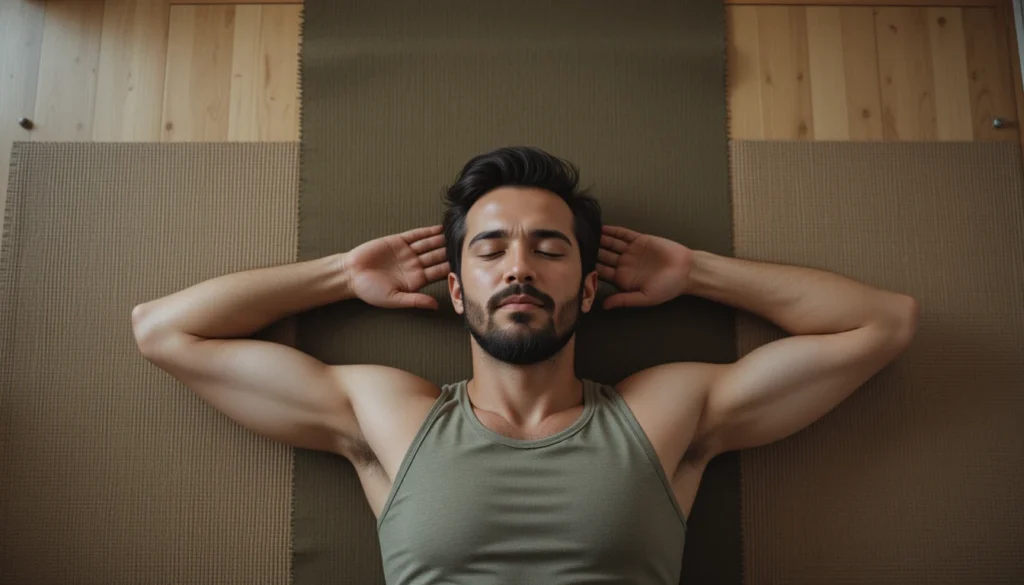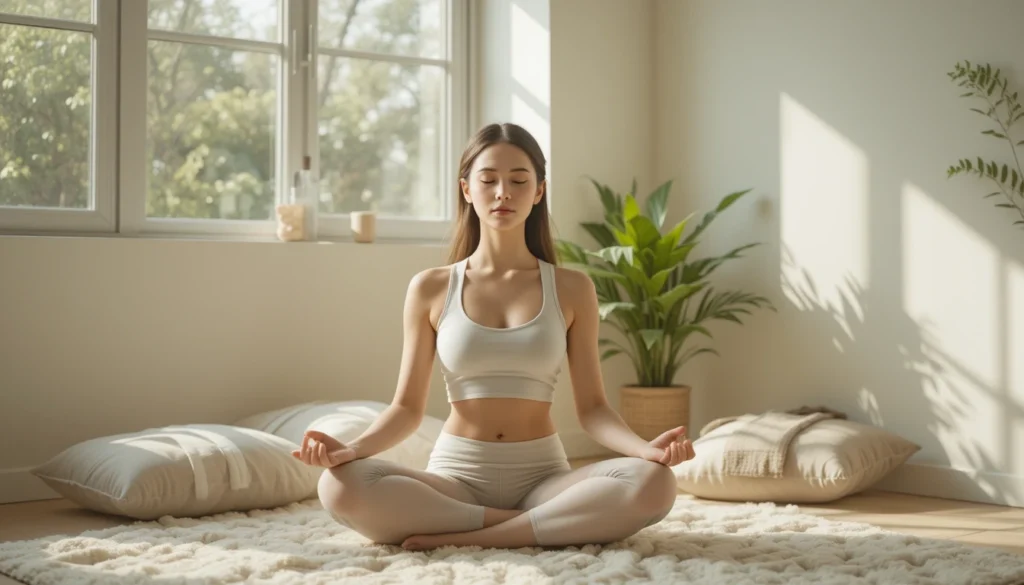How to practice mindfulness meditation and transform your life—learn simple techniques, benefits, and expert tips to calm the mind and restore balance.
Introduction: In a World Full of Noise, Find Your Silence
Do you ever feel like your brain is running on overdrive—constantly thinking, planning, worrying, or replaying conversations? You’re not alone. Our fast-paced world rarely gives us a moment to just be. That’s where mindfulness meditation enters—a gentle yet powerful practice that invites you to pause, breathe, and reconnect with the present.
Whether you’re battling stress, burnout, or just want to live with more clarity, learning how to practice mindfulness meditation can be a game-changer.
What Is Mindfulness Meditation?
Mindfulness meditation is the practice of paying full attention to the present moment—on purpose and without judgment. It’s about observing your breath, sensations, thoughts, and surroundings with gentle awareness. Unlike other forms of meditation that may involve concentration or visualization, mindfulness focuses on presence.
Originating from ancient Buddhist practices like Vipassana, mindfulness has evolved into a modern, secular technique embraced globally for its mental, emotional, and physical benefits.
Why Learn How to Practice Mindfulness Meditation?
Modern life has made it incredibly easy to disconnect from ourselves. We scroll endlessly, multitask, and chase productivity. But mindfulness gives you the opposite—it offers a return to self.
Emotional Hook:
Imagine waking up feeling grounded instead of anxious. Imagine facing a hectic day with calm clarity. That’s what mindfulness offers—a tool to feel whole again.
Key Benefits of Mindfulness Meditation
Here’s a breakdown of what regular mindfulness meditation can do for you:
| Benefit | Details |
| Reduces stress | Lowers cortisol, calms the nervous system |
| Enhances emotional regulation | Helps manage anxiety, anger, and fear |
| Improves focus | Trains attention span and cognitive clarity |
| Boosts immune function | Reduces inflammation, improves resilience |
| Promotes restful sleep | Calms racing thoughts, eases insomnia |
| Strengthens relationships | Encourages empathy and mindful communication |
For an in-depth look at how mindfulness can help your emotional well-being, check out our article on the benefits of mindfulness for mental health.

How to Prepare for a Mindfulness Session
Before jumping into the “how,” let’s talk about setting yourself up for success.
1. Choose a Calm Space
Find a quiet, clutter-free area in your home. A cozy corner with a cushion or chair works wonders. You don’t need a meditation studio—just comfort and stillness.
2. Pick the Right Time
Morning is ideal to set the tone for your day, while evening helps you wind down. The best time is the one you’ll stick with consistently.
3. Set an Intention
Ask yourself: Why am I meditating today? Whether it’s to reduce stress or improve focus, having a purpose grounds your practice.
Step-by-Step: How to Practice Mindfulness Meditation
Step 1: Find Your Posture
Sit upright on a chair or cushion. You can also lie down if needed. Keep your spine aligned but relaxed. Let your hands rest gently on your knees or lap.
Step 2: Focus on the Breath
Close your eyes and bring attention to your breathing. Notice the sensation of air entering your nose, filling your lungs, and exiting. Don’t change it—just observe it.
Step 3: Notice Your Thoughts
Thoughts will come. That’s normal. Instead of resisting, notice them and return your focus to the breath. Each time you come back is a moment of mindfulness.
Step 4: Practice Non-Judgment
Whether you feel calm, distracted, bored, or sleepy, accept it. Your only job is to observe without judgment.
Step 5: Gently End the Session
Open your eyes slowly. Take a deep breath. Smile. You’ve just completed a mindful moment.

Different Techniques to Try
| Technique | How It Works | Best For |
| Body Scan | Mentally scan your body from head to toe | Tension release, grounding |
| Walking Meditation | Walk slowly, noticing each step | Restless energy, active focus |
| Loving-Kindness (Metta) | Repeat kind phrases toward self and others | Emotional healing, compassion |
| Mindful Breathing | Anchor awareness in your breath | Quick mental reset |
| Mantra Meditation | Repeat a phrase silently (e.g., “I am calm”) | Mental focus, reducing distraction |
Building a Daily Mindfulness Habit
Start Small
Begin with 2–5 minutes a day. Set a timer. Gradually increase as your comfort grows.
Use Tools and Apps
Apps like Insight Timer, Calm, or Headspace offer guided meditations, timers, and courses for beginners.
Track Progress
Keep a journal. Write about how you felt before and after each session. It’s a great way to stay consistent and see your transformation.
How to Bring Mindfulness Into Everyday Life
Mindfulness isn’t just about sitting quietly—it’s a way of being in the world.
Mindful Eating
Slow down. Savor each bite. Notice textures and flavors. You’ll enjoy food more—and likely eat less.
Mindful Walking
Feel your feet touch the ground. Notice your surroundings. Even a short walk can become a peaceful ritual.
Mindful Listening
Put down the phone. Make eye contact. Listen to others without planning your reply. Presence is the greatest gift you can offer.
Frequently Asked Questions (FAQs)
Q1: How long should I meditate daily?
Even 10 minutes a day can yield benefits. Consistency is more important than duration.
Q2: What if I can’t stop thinking?
That’s totally normal. Meditation isn’t about not thinking—it’s about not getting lost in your thoughts.
Q3: Can mindfulness meditation help with anxiety?
Yes. Numerous studies show it reduces anxiety and improves mental resilience.
Q4: Do I need special equipment?
No. Just your breath and a quiet space. A cushion or timer is optional but helpful.
Q5: What’s the difference between mindfulness and meditation?
Mindfulness is a type of meditation focused on present-moment awareness. Not all meditation is mindfulness, but all mindfulness includes some form of meditation.
Conclusion: Just Begin, Just Breathe
Mindfulness meditation is not about clearing your mind or becoming a monk—it’s about showing up for yourself, one breath at a time. In just a few minutes a day, you can build a habit that transforms how you think, feel, and live.
So, start where you are. No perfection needed. The journey of a mindful life begins with one simple breath.


